
The National Bsal Task Force
“A Coordinated Response to a Devastating Amphibian Disease”
The Bsal Task Force was initiated at an international workshop (June 2015: USGS Powell Center, Fort Collins, CO, USA: Twenty-nine participants from North America, Europe, Australia) focusing on emerging management, policy, and research implications of Batrachochytrium salamandrivorans infection of amphibians. The Task Force is organized into seven working groups to partition additional efforts that would together become a larger strategic planning effort.
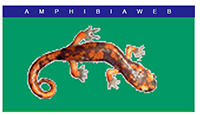
AmphibiaWeb
“Batrachochytrium salamandrivorans: Deadly fungal threat to salamanders”
AmphibiaWeb is an online system enabling anyone online to search and retrieve information relating to amphibian biology and conservation. This site was inspired by the global declines of amphibians, the study of which has been hindered by the lack of multidisciplinary studies and a lack of coordination in monitoring in field studies and in lab studies. The article described above provides a synopsis of Bsal and its threat to amphibians, describes mention of Bsal in the news, and provides recommendations for preventing the spread of the pathogen. Further, AmphibiaWeb organizes the Amphibian Disease Portal as a repository of information on Bd and Bsal and a place to report Bd and Bsal.
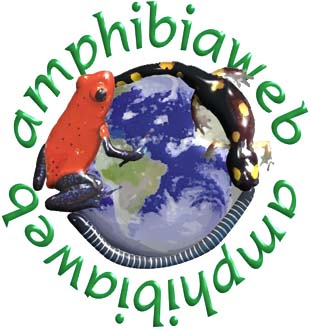
Amphibian Disease Portal
“A repository for aggregating information on Bd and Bsal“
Motivated by the decline of amphibians globally and the growing understanding of diseases as major factors, AmphibiaWeb and the US Forest Service are collaborating to develop a community-based, online repository and reporting site for data on major infectious diseases, especially chytridiomycosis. Their mission is to aggregate, visualize, and share data from the community of active researchers archiving their completed and in-progress datasets from laboratory experiments and field sites around the world.
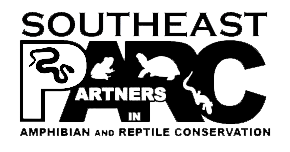
Partners in Amphibian and Reptile Conservation
Partners in Amphibian and Reptile Conservation (PARC) is an inclusive group dedicated to the conservation of reptiles and amphibians and their habitats. The PARC Disease Task Team was designed to “facilitate and guide communication and collaboration on herpetofaunal diseases among PARC regions, federal and state agencies, and partners.” The task team is composed of leading experts in herpetofaunal diseases, who provide a variety of resources, including region-specific sources, websites, and other information, such as the Herpetofaunal Disease Alert (HAD) System. Several regional PARC chapters have their own herpetofaunal disease task teams, and the Southeast Regional PARC Diseases, Pathogens, and Parasites of Herpetofauna Task Team provides downloadable information sheets to help increase awareness of herpetofaunal pathogens and proper methods for working with diseased animals. The information sheet that pertains to Bsal is number 20 on the list.
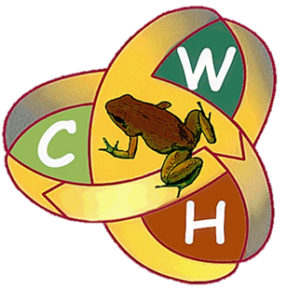
Center for Wildlife Health, UTIA
The Center for Wildlife Health is located within the Department of Forestry, Wildlife and Fisheries in the Institute of Agriculture at the University of Tennessee, Knoxville. The Center provides a multidisciplinary environment for the study of health issues arising from the interaction of wildlife, livestock, humans, and the environment. The Center has been performing amphibian challenge experiments with Bsal since 2015 in the East Tennessee AgResearch and Education Center’s Johnson Animal Research and Teaching Unit (JARTU), an AAALAC-accredited facility with a variety of laboratories including biosecure facilities dedicated to research on amphibian pathogens.
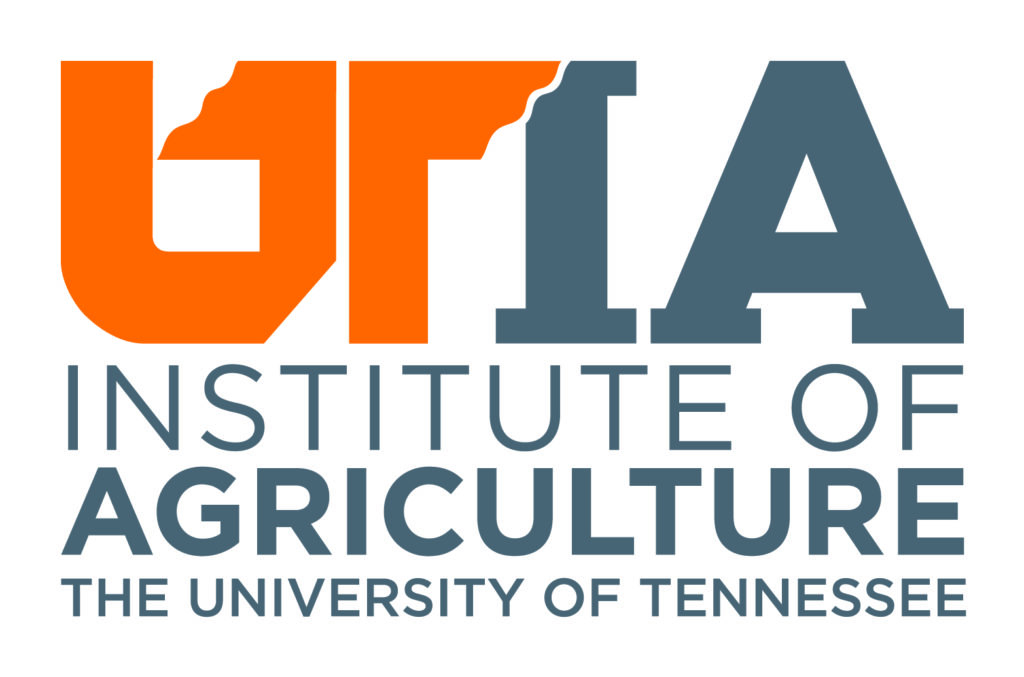
Amphibian Disease Lab, UTIA
Pathogens, in particular viruses in the genus Ranavirus and fungi in the genus Batrachochytrium (B. dendrobatidis and B. salamandrivorans), have been implicated in global amphibian declines, ranging from location population declines and extirpations to species extinctions. The Amphibian Disease Lab investigates how these pathogens threaten amphibian species. Using a combination of laboratory and mesocosm experiments and mathematical modeling, we evaluate host-pathogen interactions to advance understanding of the epidemiology of amphibian diseases, which is an essential step to identifying effective disease management strategies. By taking a transdisciplinary approach to research, we are able to investigate the epidemiology of amphibian pathogens across multiple scales of biological organization and use the power of mathematics to elucidate essential components of the disease process.